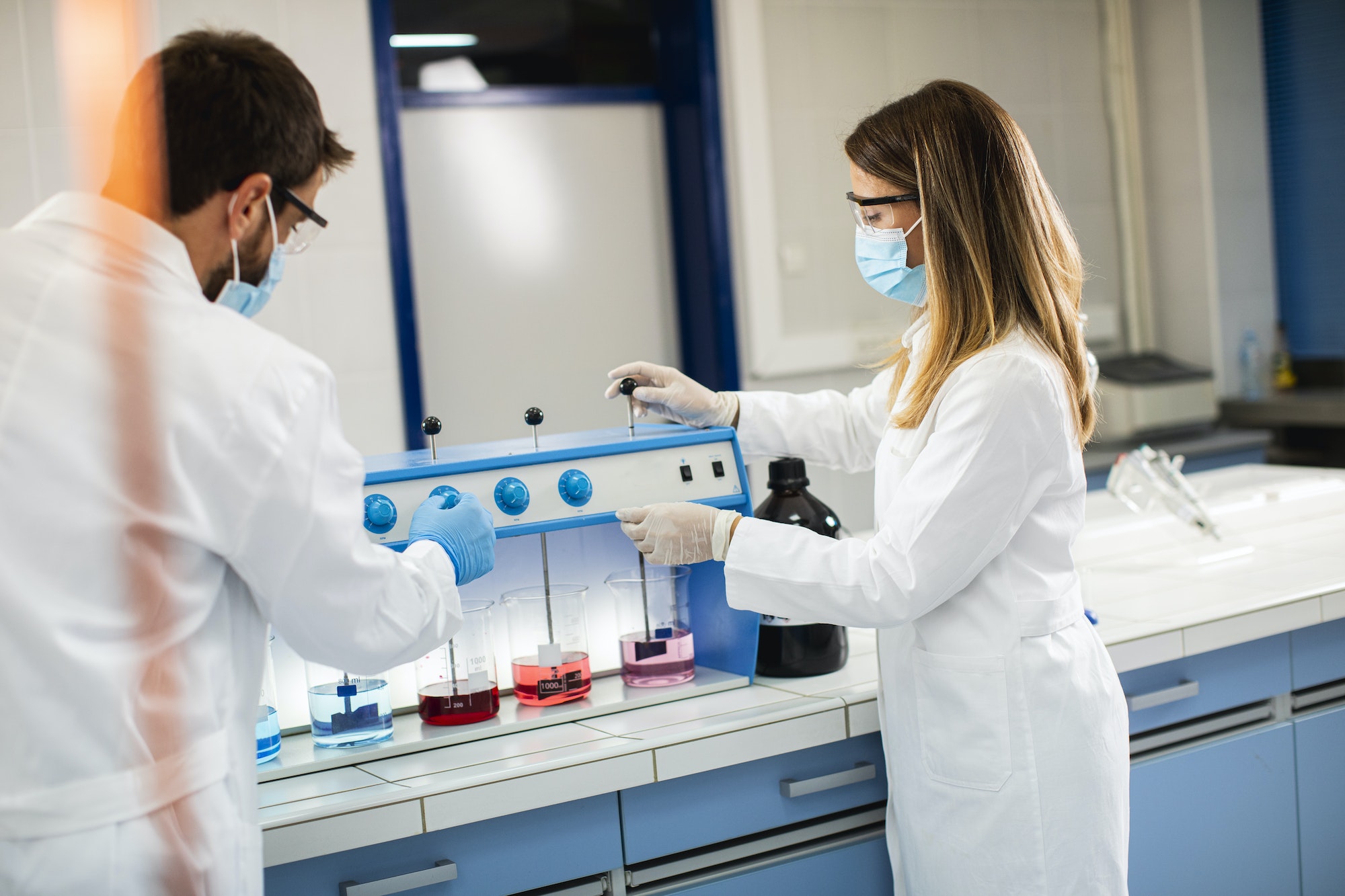Chemical flocculation is a process used to separate suspended particles from a liquid, typically water, by introducing a flocculating agent, which causes the particles to clump together and settle out of the solution. This technique has been widely used in various industries, such as wastewater treatment, paper production, and mineral processing. In the context of algae research and production, chemical flocculation has been employed as a technique to harvest microalgae biomass from growth media.
Traditional algae harvesting methods include centrifugation, filtration, and sedimentation. However, these techniques have some limitations when it comes to large-scale microalgae biomass production. Centrifugation is an energy-intensive process that may not be economically feasible for large-scale operations. Filtration can be hindered by membrane fouling and may require frequent cleaning or replacement of filters. Sedimentation is a slow process that requires large settling areas and may not be suitable for harvesting fast-growing microalgae species.
Chemical flocculation offers an alternative to these traditional harvesting methods. The process involves the addition of chemical flocculants to the algae culture, which causes the algae cells to aggregate and form larger flocs or clumps that can be more easily separated from the culture medium by sedimentation or flotation. The choice of flocculant depends on various factors such as the algae species, culture conditions, and desired product quality.
There are several types of chemical flocculants used in microalgae harvesting:
- Inorganic flocculants: These include metal salts such as aluminum sulfate (alum), ferric chloride, and polyaluminum chloride (PAC). These flocculants work by neutralizing the surface charge of the algae cells, allowing them to aggregate and form flocs. Inorganic flocculants are generally inexpensive and effective at low dosages but may introduce metal ions into the harvested biomass, which may be undesirable for some applications.
- Organic flocculants: These include synthetic polymers such as polyacrylamide (PAM) and natural biopolymers such as chitosan, alginate, and starch. Organic flocculants work by forming bridges between the algae cells, promoting floc formation. Synthetic polymers are highly effective even at low dosages but may have environmental concerns due to their non-biodegradability. Natural biopolymers are more environmentally friendly but may require higher dosages and have variable performance depending on the source material and extraction methods.
- Cationic surfactants: These compounds, such as cetyltrimethylammonium bromide (CTAB), work by adsorbing onto the negatively charged surface of the algae cells, neutralizing their charge and allowing them to aggregate. Cationic surfactants can be effective at low concentrations but may have negative impacts on the environment and aquatic life due to their toxicity.
- Bioflocculants: These are naturally occurring substances produced by microorganisms that can induce flocculation in algae cultures. Examples of bioflocculants include extracellular polymeric substances (EPS) from bacteria and fungi, as well as polysaccharides from plants. Bioflocculants are generally biodegradable and nontoxic but may require optimization of culture conditions and extraction methods to obtain sufficient quantities for large-scale applications.
Chemical flocculation has several advantages over traditional algae harvesting methods, including lower energy consumption, faster processing times, and reduced equipment requirements. However, there are also some challenges associated with this technique:
- The use of chemical flocculants may introduce contaminants into the harvested biomass, affecting its quality and potential applications.
- The effectiveness of chemical flocculation may vary depending on the specific algae strain, culture conditions, and flocculant type.
- The environmental impact of chemical flocculants must be considered, especially for large-scale operations where the discharge of flocculated algae and residual chemicals may have negative effects on aquatic ecosystems.
In conclusion, chemical flocculation offers a promising alternative to traditional algae harvesting methods, with potential for improved efficiency and scalability. Further research is needed to optimize the choice of flocculants, dosages, and process conditions for different microalgae species and applications, as well as to address the environmental concerns associated with chemical flocculation.

